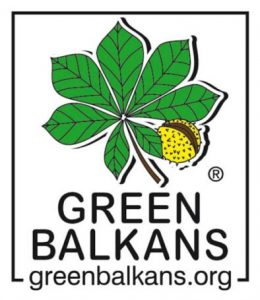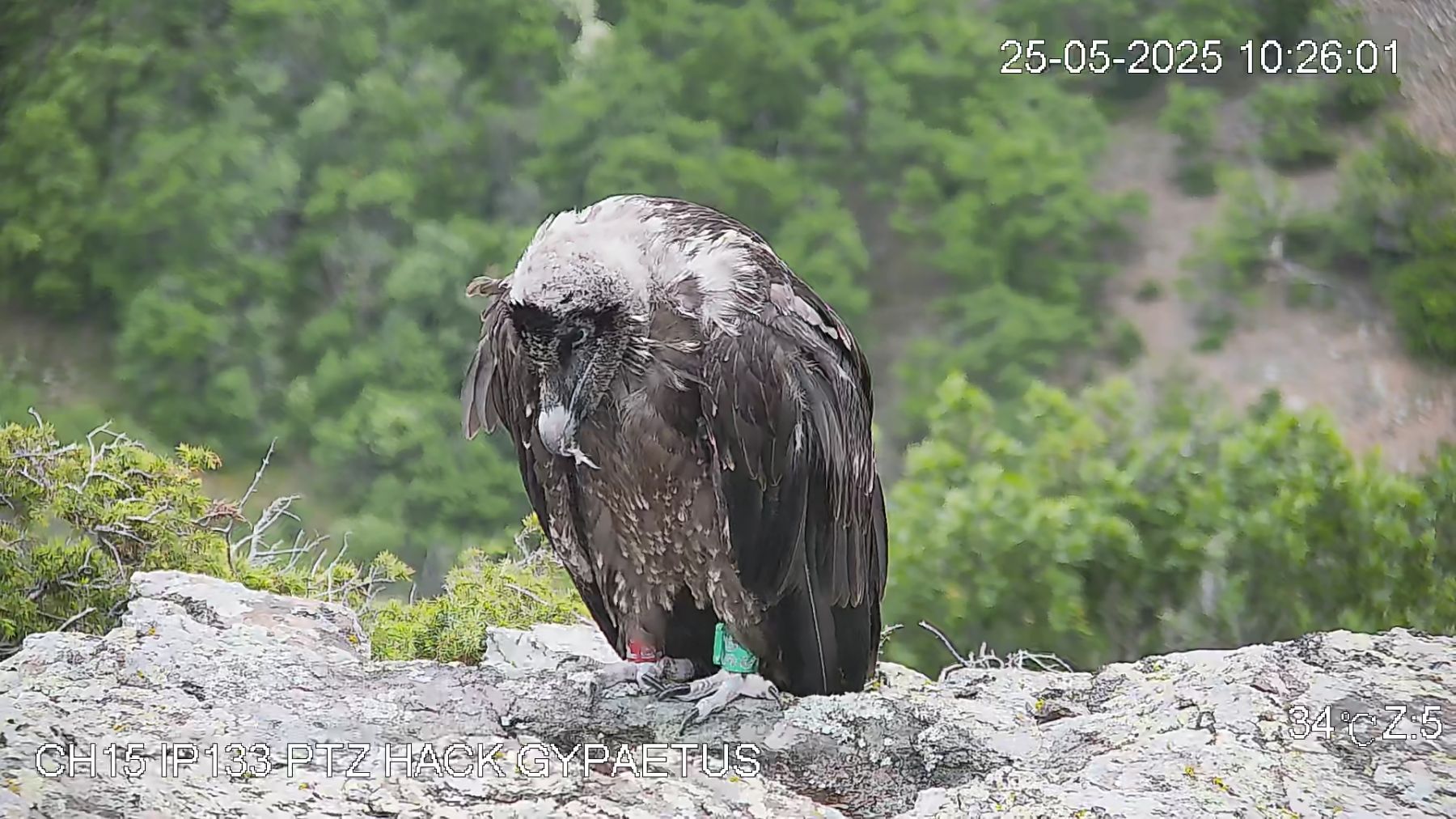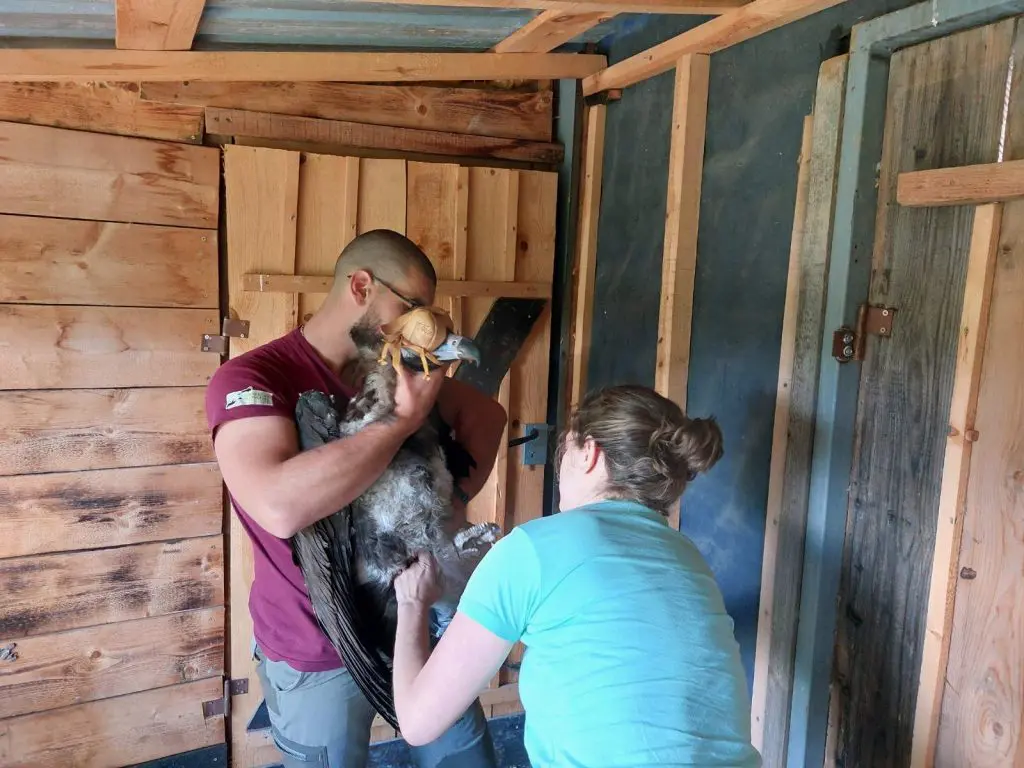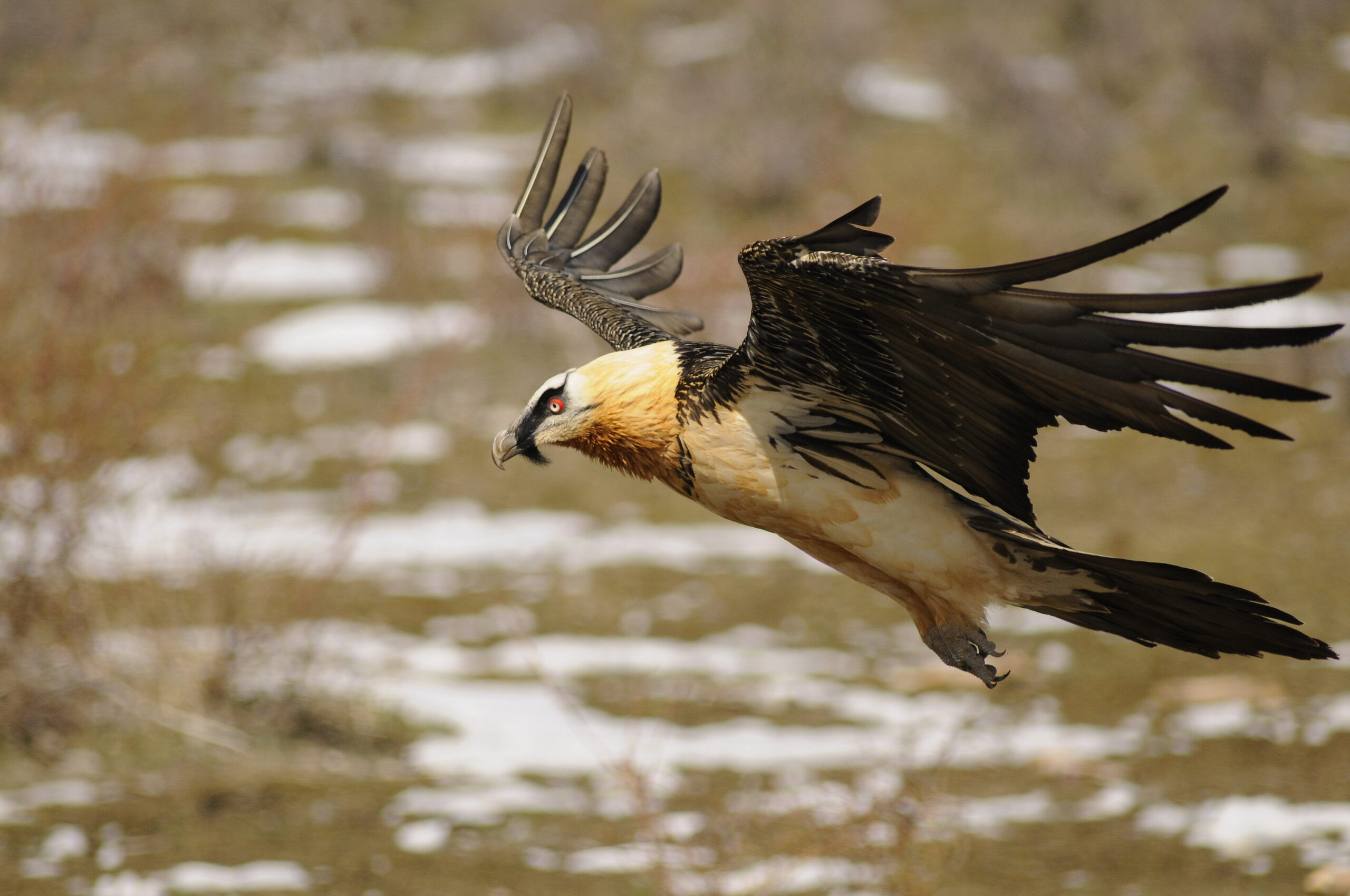In Bulgaria, a new project involving 3D-printed prosthetic legs and beaks is taking significant steps. Can technology help save birds with amputated legs or fractured beaks? And can we support the Green Balkans NGO in achieving this?

How Bulgaria is bringing hope to “irreparable” injuries
In 2016, the NGO Green Balkans Wildlife Rehabilitation and Breeding Centre (in Stara Zagora) and Trakia University teamed up to find a solution for the many birds that enter the wildlife rescue centre with fractured beaks and legs. Unable to properly rehabilitate them, these birds are doomed to be held captive. Since then, a team of veterinarians has spearheaded an innovative project that uses technology to advance the rehabilitation of these birds.
A challenging start
The veterinary physicians Dr Rusko Petrov, Prof. Galina Simeonova and Dr Stefka Dimitrova are behind the pioneering project that aims to find a solution for irreparable injuries. They started by placing surgically prosthetic legs on white storks (Ciconia ciconia) made of epoxy resin. However, many birds developed complications: the surgical prostheses either fell out, as the hollow bones could not withstand the attachment or the implanted components led to infections. The fact that the birds actively use beaks and legs adds to the task’s difficulty.

3D-printed prosthetic beaks and legs to rehabilitate birds
In 2021, together with 3D AMS, the vet team at Green Balkans designed and 3D-printed four different options for leg and beak prostheses. Over the last two years, they did trials with white storks of different ages, genders, and kinds of amputations. White storks are one of the most common species that arrive at the Wildlife Rescue Centre, according to a study published by the veterinary team. Hence, they chose to try out the prosthetic components and fine-tune the technic with this species before trying it on other raptors, including vultures, as they are less common in Bulgaria.

“Ultimately, the goal is to expand from storks and be able to help Griffon, Egyptian, Cinereous and Bearded Vultures, and any other threatened bird which requires this kind of intervention with 3D-printed prostheses (and modifications for each species)”.
Dr. Rusko Petrov, Green Balkans
The first white storks with 3D-printed prostheses were released
The team tested whether the prosthetic legs could hold the birds’ weight and if the individuals with a new beak could eat by themselves successfully. The first white storks were released in the wild in 2022, with different 3D-printed prostheses tailored to the bird’s level of amputation. This year, another three storks have been released, including one that carries a GPS transmitter. So far, the tagged stork is doing fine, survived the first weeks in the willd (it was released in September) and is moving independently.

For now, the innovative technique is only being applied to the birds’ legs, but the team plans to apply the technique to other parts of the birds’ bodies, especially beaks.
“There is still a lot to improve on the prosthetic beaks. There is quite a lot of pressure on them when the Storks are catching their prey, and we are still working on figuring out a stable attachment.”
Dr. Rusko Petrov, Green Balkans
The Green Balkans need our support

The advances made so far by the dedicated team at the Green Balkans NGO give us hope. Many birds held captive with amputated legs and other fractures could benefit from this innovative approach. So far, the team has been supported by the 3D AMS, but further funding is needed. They are missing resources to run more tests, develop new ideas for beak attachments, and make this a reliable solution for other species as well!
If you feel like supporting this project, go ahead and donate on their page or directly to:
- Name: Green Balkans – Stara Zagora NGO
Account: BG52 BPBI 8170 1733 0297 48
SWIFT/BIC: BPBIBGSF
Bank name: Eurobank Bulgaria AD, Stara Zagora Branch
Or contact the Green Balkans Team:
Yana Andanova | Mobile +359 893 598 066 | E-mail: yandonova@greenbalkans.org




